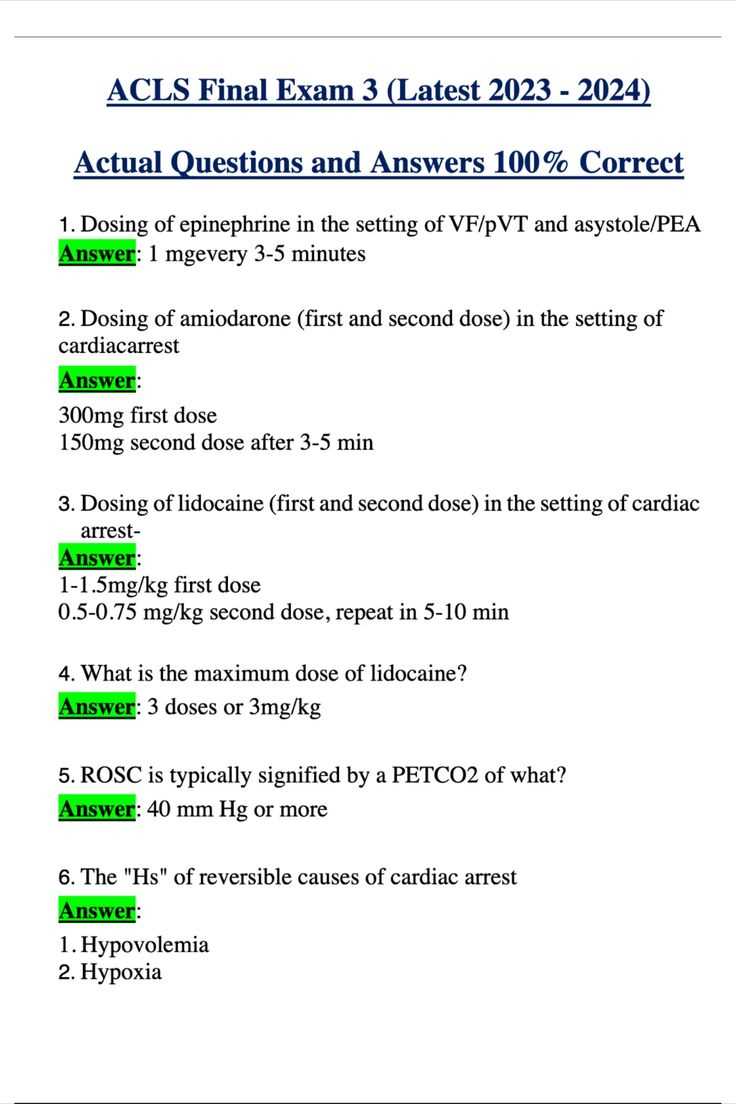
Preparing for a crucial healthcare examination requires a solid understanding of key medical principles and protocols. This process not only tests theoretical knowledge but also evaluates your ability to apply that knowledge in critical situations. A focused approach to learning, coupled with practical study materials, is essential for success.
Effective preparation involves mastering core concepts, reviewing common procedures, and familiarizing yourself with guidelines. With comprehensive review materials and practice questions, candidates can confidently approach the certification process, knowing they have the tools to excel.
While it may seem challenging at first, thorough preparation will help you navigate the questions and ensure a deeper understanding of life-saving techniques. The path to certification is not only about memorization but also about grasping the critical reasoning behind each decision in emergency care.
ACLS Written Test Overview
Successfully passing the exam for advanced life support certification requires more than just memorizing facts. It involves understanding complex protocols and demonstrating your ability to respond appropriately in critical situations. The examination focuses on your knowledge of emergency procedures, medication dosages, and the proper use of life-saving techniques under pressure.
The structure of the assessment is designed to evaluate your comprehension of the necessary guidelines and your readiness to apply them in real-world scenarios. The questions are based on a variety of emergency medical topics, from cardiovascular events to airway management. It’s essential to familiarize yourself with the format and key content areas to ensure optimal performance.
Key Exam Components
The exam is typically divided into several sections, each testing different areas of emergency response knowledge. Below is a table outlining the core components and their focus areas:
| Section | Focus Area |
|---|---|
| Cardiovascular Emergencies | Recognition and management of cardiac arrest, arrhythmias, and other heart-related conditions |
| Airway Management | Techniques for establishing and maintaining a clear airway, including intubation and ventilation |
| Pharmacology | Medication dosages and protocols for drug administration during critical care |
| Advanced Resuscitation Techniques | CPR procedures, defibrillation, and advanced support measures for patients in distress |
Preparation Strategies
To succeed, it’s crucial to have a comprehensive study plan. Reviewing practice questions, studying protocols, and staying up to date with any changes in guidelines are all effective strategies. The more familiar you become with the core procedures and decision-making processes, the better equipped you’ll be to handle the challenges presented during the certification exam.
Key Concepts for Exam Success
To achieve success in the certification exam, it’s essential to focus on the fundamental principles that drive emergency medical care. Mastering the core concepts allows you to make quick, informed decisions during high-pressure situations. Familiarity with key procedures, protocols, and the rationale behind each step will significantly enhance your performance.
Critical Areas to Focus On
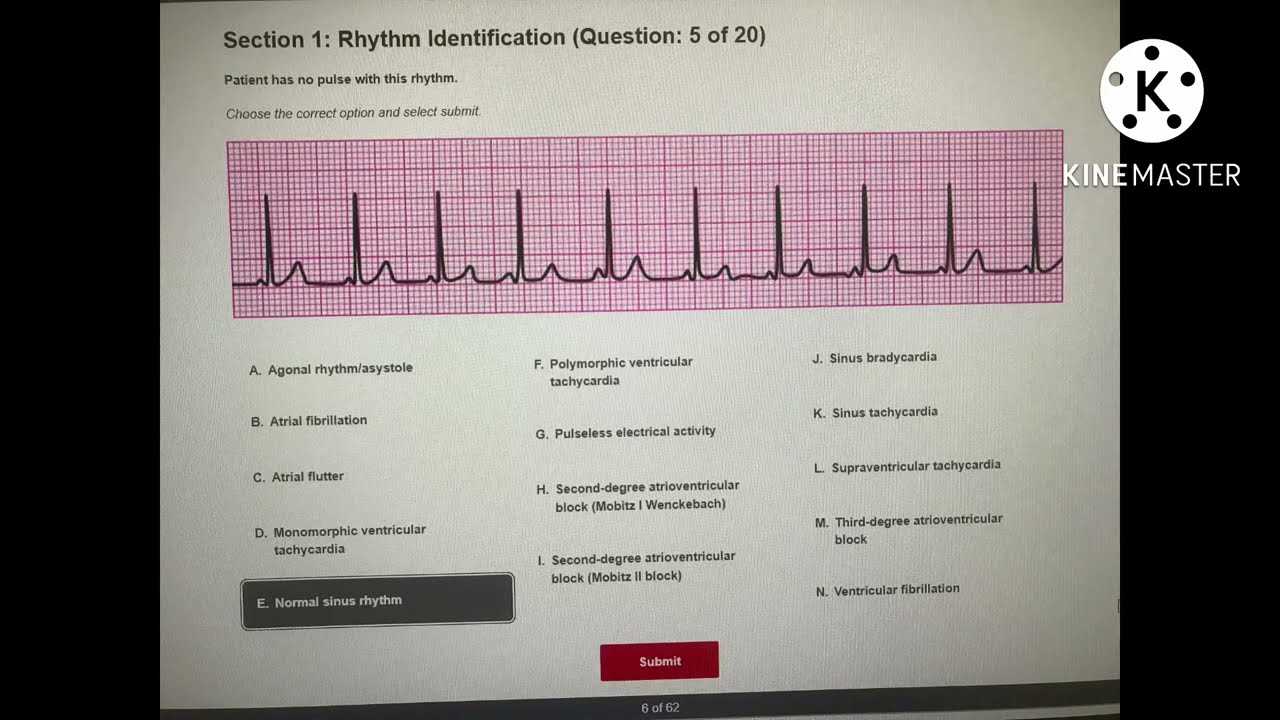
Several core concepts are frequently tested during the certification process. Understanding these areas ensures you’re well-prepared for any scenario presented in the exam. Below are the primary topics to review thoroughly:
- Basic Life Support: The foundation of emergency care, including CPR, defibrillation, and airway management.
- Pharmacology and Medication Protocols: Understanding the medications commonly used in emergency situations and their proper dosages.
- Advanced Airway Techniques: The various methods for establishing and securing an airway in critically ill or injured patients.
- Cardiac Rhythm Interpretation: Being able to recognize different arrhythmias and knowing how to respond appropriately.
- Post-Resuscitation Care: Proper steps to take after stabilizing a patient, including ongoing monitoring and intervention strategies.
Preparation Strategies
Adopting effective study techniques is key to mastering these concepts. The following approaches can help you retain information and improve recall during the certification process:
- Practice with Mock Scenarios: Engage in realistic simulations to practice decision-making and execution of emergency procedures.
- Review Official Guidelines: Stay up to date with the latest clinical guidelines and treatment protocols, as these are often referenced in exam questions.
- Use Flashcards: Create flashcards for quick recall of medication dosages, algorithms, and critical steps in life-saving interventions.
- Focus on Weak Areas: Spend extra time on concepts you find challenging to ensure you have a well-rounded understanding.
Understanding Certification Requirements
Achieving certification in advanced life support requires meeting specific criteria that ensure you possess the necessary knowledge and skills to handle emergency situations effectively. These requirements often involve both theoretical and practical components, testing your ability to apply life-saving techniques under pressure. Understanding the prerequisites and guidelines for certification will help you prepare more efficiently and confidently for the exam.
Eligibility Criteria
Before attempting the certification process, candidates must meet certain eligibility requirements, which typically include prior experience in healthcare or emergency response. Below is a summary of the general prerequisites:
| Requirement | Details |
|---|---|
| Healthcare Experience | Must have a background in healthcare or a related field, such as nursing, paramedicine, or emergency medicine. |
| Current Basic Life Support Certification | Candidates must hold an up-to-date certification in basic life support (BLS) before applying for advanced certification. |
| Course Enrollment | Enrollment in an accredited course that covers advanced life-saving techniques and emergency protocols is required. |
Exam Structure and Content
The certification process typically involves both a written assessment and practical skill evaluation. Understanding the content and structure of the exam is crucial for effective preparation. Below are the core areas commonly tested:
- Cardiac Arrest Management: Procedures for handling sudden cardiac events, including defibrillation and advanced resuscitation techniques.
- Airway Management: Methods for establishing and maintaining a secure airway in emergency situations.
- Pharmacology: Knowledge of drugs used in emergency care, including appropriate dosages and administration protocols.
- Post-Resuscitation Care: Steps to stabilize patients following successful resuscitation.
Common Mistakes to Avoid in ACLS
During the certification process, many candidates make mistakes that could hinder their success. These errors often stem from misunderstandings, lack of preparation, or failing to follow established protocols. Avoiding these pitfalls will help ensure a smoother experience and improve your chances of passing the exam while building the confidence needed for real-world applications.
Frequent Errors in Emergency Protocols
Understanding common mistakes can help you approach the exam with a more focused mindset. Below are some typical errors to be aware of:
- Skipping Key Steps in Algorithms: Failing to follow the correct sequence of actions in emergency protocols can lead to suboptimal outcomes. Always review and practice the correct steps in each algorithm.
- Misunderstanding Medication Dosages: Incorrect dosages or improper administration of medications can be dangerous. Ensure you are familiar with the correct dosages and timing for every medication involved.
- Not Prioritizing Airway Management: Airway management is a critical part of patient stabilization. Neglecting to secure the airway early on can lead to complications during treatment.
- Overlooking Post-Resuscitation Care: Failing to manage the patient’s recovery phase after resuscitation can compromise long-term health. Pay attention to protocols for stabilizing the patient after successful resuscitation.
Study and Practice Tips
To minimize mistakes and enhance your exam readiness, consider the following strategies:
- Practice Regularly: Frequent practice with simulations and mock scenarios helps reinforce key protocols and improves recall during the exam.
- Review Official Guidelines: Stay updated on the latest clinical guidelines and treatment protocols, as these are often the basis for exam questions.
- Focus on Weak Areas: Identify areas where you need improvement and allocate additional study time to those topics.
How to Study for ACLS Exam
Successfully preparing for the certification exam requires more than just reading through materials; it involves active engagement with the content, understanding the underlying principles, and practicing your skills. A focused and structured study plan will help you retain essential information and confidently apply your knowledge in high-pressure situations.
Effective studying is about balancing theory with practical skills. You must not only memorize protocols but also understand the rationale behind each procedure, as real-world emergencies often require critical thinking. Below are strategies that will guide you through an efficient study process.
Key Study Methods
- Review Core Protocols: Focus on the most important emergency protocols, such as those for managing cardiac arrest, airway issues, and arrhythmias. Make sure you understand each step thoroughly.
- Use Practice Questions: Answering practice questions will help reinforce your knowledge and test your ability to apply concepts in different scenarios.
- Utilize Visual Aids: Diagrams, flowcharts, and algorithms are useful tools to help visualize complex procedures and retain critical information.
- Group Study Sessions: Studying with peers can be beneficial for discussing difficult concepts and practicing skills together.
Study Schedule and Time Management
Creating a study schedule is essential to ensure that you cover all topics in a timely and organized manner. Prioritize areas that you find more challenging, and allocate more time to those sections. Regular review sessions will reinforce your understanding and help you retain information over the long term.
- Start Early: Begin your preparation well in advance to avoid cramming. The more time you have, the more thorough your understanding will be.
- Break Down Topics: Divide study sessions into manageable chunks. Focus on one area at a time, and take regular breaks to stay refreshed.
- Simulate Exam Conditions: Practice under timed conditions to get used to the pressure of the actual exam.
Top Resources for ACLS Preparation
When preparing for the advanced life support certification exam, it’s crucial to use a variety of reliable resources to ensure a comprehensive understanding of the material. Utilizing multiple formats, such as books, online courses, and practice exams, can help reinforce key concepts and improve your recall under pressure. Below are some of the most effective resources to guide you through your preparation.
Recommended Study Guides and Books
Books and study guides provide an in-depth review of critical concepts and procedures. They are often written by experts in the field and follow the latest guidelines. Below are some top recommendations:
- Advanced Life Support Manual: A comprehensive guide that covers all essential protocols, from cardiac emergencies to post-resuscitation care. It includes detailed explanations and illustrations.
- ECG Interpretation Books: These resources help you master the recognition of various cardiac rhythms, an essential skill for managing heart-related emergencies.
- Certification Review Books: These guides are specifically designed to help you prepare for certification exams, offering practice questions, review chapters, and tips for test-taking strategies.
Online Courses and Practice Exams
Online courses and practice exams are interactive tools that allow for flexible studying. Many of these resources offer certification preparation in the form of video lectures, quizzes, and simulation exercises.
- Online ACLS Courses: Accredited platforms offer structured courses that guide you through each section of the exam, with quizzes and case studies to test your knowledge.
- Practice Exams: Practice exams simulate real test conditions and are an excellent way to assess your readiness. These exams help you get familiar with the format and time constraints.
- Mobile Apps: Various apps are designed for on-the-go study, offering flashcards, quizzes, and interactive scenarios to reinforce your knowledge and skills.
ACLS Written Test Structure Explained
The structure of the certification exam is designed to assess both theoretical knowledge and practical application of life-saving procedures. Understanding the format and layout of the exam will help you navigate through it with confidence and prepare effectively. It typically consists of multiple-choice questions that test your comprehension of protocols, procedures, and medical guidelines relevant to emergency care.
Exam Format includes a combination of clinical scenarios, theoretical questions, and algorithm-based problems. You will be required to answer questions based on your understanding of emergency management, drug dosages, equipment usage, and patient stabilization techniques. The exam is structured to ensure that only candidates who are fully prepared and capable of handling critical situations are certified.
Types of Questions
The exam is divided into different sections, each focusing on a specific area of expertise. Some typical question types you will encounter include:
- Scenario-Based Questions: These questions present clinical situations where you must apply your knowledge to choose the best course of action based on the patient’s condition.
- Multiple Choice Questions: These questions ask you to select the correct answer from a list of options, testing your recall of guidelines and procedures.
- Algorithm Questions: These focus on the correct sequence of actions to take in a given emergency situation, often related to cardiac events, airway management, or drug administration.
Scoring and Time Management
The exam is typically time-limited, requiring efficient time management. Each question is scored based on its complexity, and there is usually a passing threshold that must be met to achieve certification. Practicing under timed conditions will help you become more comfortable with the pacing of the exam and ensure that you complete all sections within the allotted time.
Time Management Tips for Test Takers
Effective time management is crucial when preparing for certification exams. With limited time to answer each question, it’s essential to approach the exam with a strategy that allows you to maximize your performance while minimizing stress. By following a few key tips, you can ensure that you allocate your time wisely and complete all sections confidently.
Prioritize Your Study Sessions
Before the exam, develop a study plan that focuses on your weaker areas while also reinforcing your strengths. Divide your study time based on the complexity and importance of each topic. A balanced approach will ensure that you cover everything without spending too much time on one subject.
- Set Time Limits: Allocate specific amounts of time for each subject, ensuring that you cover all areas without over-studying any particular topic.
- Use Timed Practice Tests: Simulate exam conditions by practicing with time limits. This will help you get used to the pacing and prevent you from spending too much time on any single question.
- Take Breaks: Avoid burnout by scheduling short breaks during study sessions. This will help you stay focused and energized.
During the Exam
Managing your time effectively during the exam is just as important as preparation. Here are some strategies to help you make the most of your time on exam day:
- Read Questions Carefully: Take a moment to read each question thoroughly. Misunderstanding a question can lead to incorrect answers, which wastes valuable time.
- Skip Difficult Questions: If you encounter a question you don’t know, skip it and return to it later. This prevents you from getting stuck and running out of time.
- Monitor Your Progress: Keep track of time and pace yourself. Ideally, you should be able to spend a fixed amount of time per question.
What to Expect During the ACLS Test
When taking a certification exam for advanced emergency care, it’s important to know what the experience will be like. The process is designed to evaluate your understanding of key concepts, ability to apply protocols, and readiness to respond in high-pressure situations. Expect a combination of multiple-choice questions, case studies, and algorithm-based scenarios that challenge your decision-making and problem-solving skills.
The exam will typically consist of a series of questions that test your knowledge of life-saving procedures, medication dosages, and the steps to take in critical situations. You will be expected to demonstrate your ability to act quickly and appropriately under stressful conditions. It’s important to be prepared not only for theoretical questions but also for realistic scenarios where you must choose the correct course of action based on the patient’s condition.
Expect to be tested on various emergency situations, including cardiac arrest, respiratory failure, and arrhythmias, among others. The exam is time-sensitive, so managing your time effectively will be key to completing all sections without unnecessary stress. Practice with timed simulations and review core procedures to ensure you’re well-prepared for the challenges that lie ahead.
Important ACLS Algorithms to Know
Understanding and memorizing critical algorithms is essential for managing emergency situations effectively. These structured sequences guide healthcare providers in making the right decisions during life-threatening events. Being familiar with these protocols can significantly improve your ability to provide rapid, accurate care and enhance patient outcomes. Below are some key algorithms that are crucial for certification and real-world application.
Cardiac Arrest Management
This algorithm outlines the steps to take when a patient experiences cardiac arrest. It includes key procedures such as:
- Immediate High-Quality CPR: Start chest compressions without delay, ensuring the correct depth and rate.
- Defibrillation: Use an AED (Automated External Defibrillator) to deliver shocks when indicated.
- Medication Administration: Administer drugs like epinephrine and amiodarone according to the patient’s response and rhythm.
Management of Arrhythmias
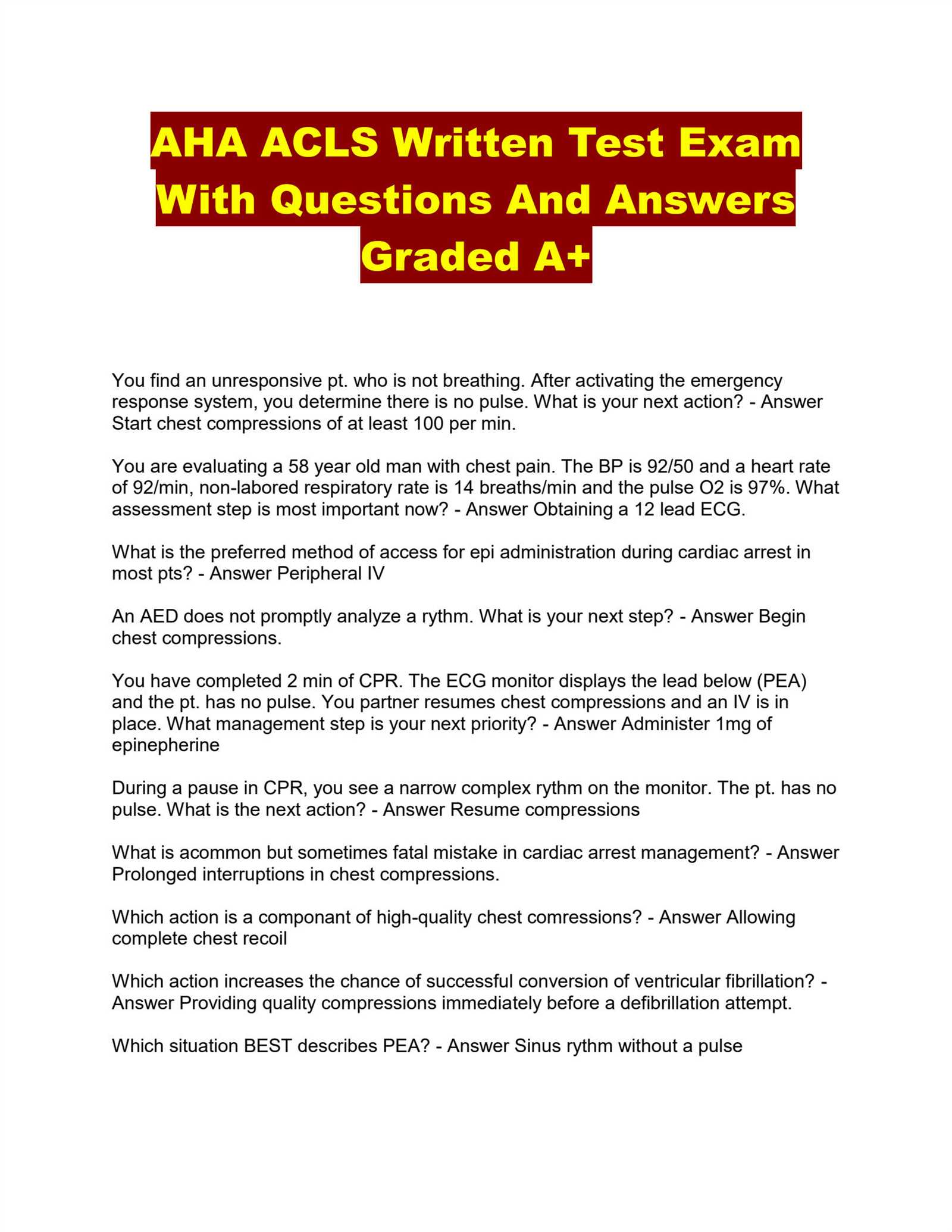
Arrhythmias can lead to severe complications if not addressed promptly. The algorithm for managing irregular heart rhythms typically involves:
- Assessment of Rhythm: Identify whether the arrhythmia is shockable or non-shockable.
- Use of Medications: Based on the rhythm, administer the appropriate drugs like adenosine or antiarrhythmic agents.
- Advanced Interventions: If necessary, consider advanced techniques like synchronized cardioversion or pacing.
Reviewing Cardiovascular Emergencies for ACLS
Cardiovascular emergencies are critical situations that require immediate intervention to prevent irreversible damage. These emergencies often involve conditions like heart attacks, arrhythmias, and cardiac arrest, which demand rapid assessment and action. A comprehensive understanding of these situations is essential for healthcare professionals to ensure timely and effective treatment. This section highlights key cardiovascular events and the protocols for managing them.
Cardiac Arrest is one of the most life-threatening emergencies, where immediate action can make the difference between life and death. The first steps in managing cardiac arrest include:
- Early Recognition: Identifying the signs of arrest, such as unresponsiveness and abnormal breathing, and beginning CPR without delay.
- Defibrillation: Using an AED to deliver shocks if the rhythm is shockable, followed by continued resuscitation efforts.
- Drug Administration: Administering appropriate medications like epinephrine to improve circulation and support heart function.
Arrhythmias involve irregular heart rhythms that can compromise blood flow. Prompt treatment is essential to prevent deterioration. Key management strategies include:
- Assessment: Identifying whether the arrhythmia is life-threatening (shockable) or stable, which will guide treatment decisions.
- Pharmacological Interventions: Administering antiarrhythmic drugs such as amiodarone or adenosine, depending on the type of arrhythmia.
- Advanced Techniques: In some cases, synchronized cardioversion or pacing may be required to restore a normal rhythm.
Having a solid grasp of these emergency scenarios and their management protocols is vital for performing well in any certification program and ensuring effective patient care during cardiovascular emergencies.
Understanding Airway Management in ACLS
Proper airway management is a crucial component of emergency care, especially when a patient is unable to maintain adequate oxygenation and ventilation. Ensuring an open airway can be the difference between life and death in critical situations. This section covers essential techniques and tools for airway management during life-threatening events, helping providers to stabilize patients and prepare for further interventions.
Basic Airway Management Techniques
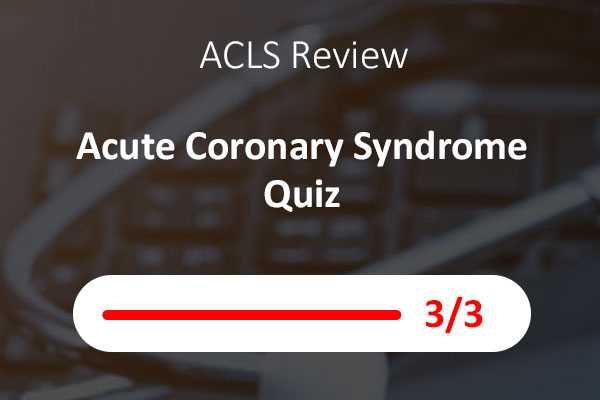
Initial airway management is focused on securing the patient’s airway and ensuring that air can flow freely to the lungs. Basic steps include:
- Head-Tilt, Chin-Lift: This maneuver helps open the airway by positioning the patient’s head in a way that alleviates obstruction.
- Jaw-Thrust Maneuver: Used if the patient has a suspected spinal injury, this technique opens the airway without moving the neck.
- Oropharyngeal and Nasopharyngeal Airways: These devices are used to keep the airway open and prevent tongue obstruction, especially in unconscious patients.
Advanced Airway Techniques
If basic methods are insufficient, advanced airway management is required to ensure effective ventilation. Common procedures include:
- Endotracheal Intubation: Inserting a tube into the trachea provides a secure airway for ventilation and drug administration.
- Supraglottic Airway Devices: Devices such as the laryngeal mask airway (LMA) provide an alternative to intubation in certain emergency situations.
- Mechanical Ventilation: If manual ventilation is ineffective, mechanical ventilators can be used to control airflow and oxygenation.
Mastering these techniques is essential for healthcare providers to manage airway compromise efficiently during emergencies and to improve patient outcomes in critical conditions.
Advanced Cardiac Life Support Medications
Medications play a vital role in managing critical cardiac events. When a patient experiences a life-threatening condition, pharmaceutical interventions are often necessary to stabilize their heart function, restore circulation, and prevent further damage. Understanding the medications commonly used in emergency care is essential for healthcare providers to make timely, informed decisions and improve patient outcomes.
Commonly Used Medications
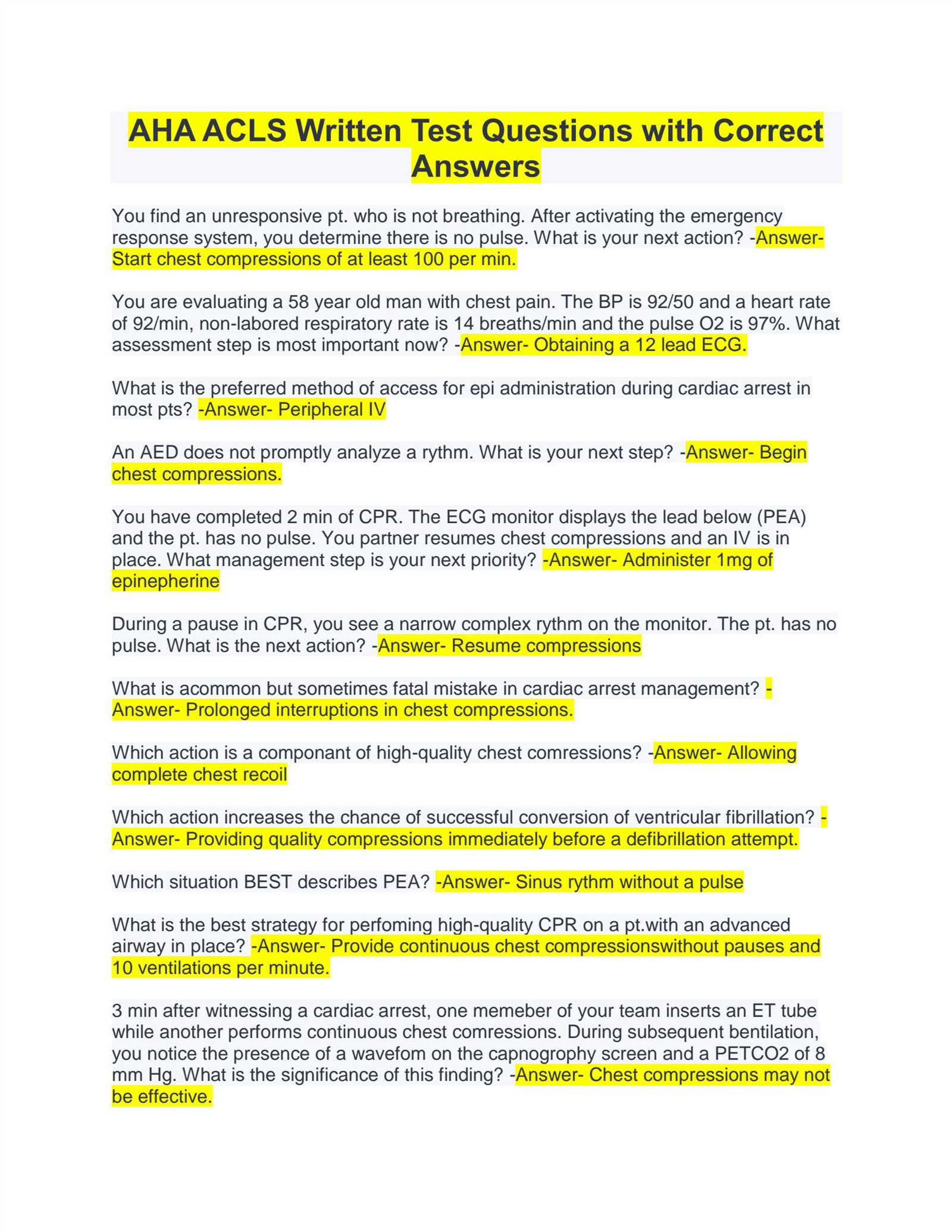
Several medications are essential in advanced cardiac care, each targeting specific aspects of heart function and circulation. These include:
- Ephedrine: A vasopressor used to increase blood pressure in patients experiencing severe hypotension, especially after cardiac arrest.
- Amiodarone: An antiarrhythmic drug used to treat life-threatening ventricular arrhythmias, including ventricular fibrillation and ventricular tachycardia.
- Adenosine: Used to treat certain types of supraventricular tachycardia by temporarily slowing down the heart rate and restoring normal rhythm.
- Atropine: An antidote for bradycardia, it works by blocking parasympathetic signals and increasing heart rate.
- Magnesium Sulfate: Often administered in cases of torsades de pointes or other types of arrhythmias associated with low magnesium levels.
Medications for Post-Arrest Care
Once a patient has been resuscitated from a cardiac arrest, additional medications may be needed to stabilize and optimize heart function. Some of these include:
- Dopamine: A vasopressor and inotropic drug used to improve blood flow and cardiac output in cases of shock or heart failure.
- Sodium Bicarbonate: Administered to treat acidosis, which can occur during prolonged cardiac arrest or other critical events.
- Heparin: An anticoagulant used to prevent blood clot formation and reduce the risk of further cardiovascular complications.
Understanding these medications and their indications is crucial for effectively managing patients in critical care settings. Proper administration and dosing, along with close monitoring, ensure the best possible outcomes for patients facing severe cardiac events.
ACLS Exam Practice Questions and Answers
Preparing for any advanced cardiac care certification exam requires a deep understanding of critical concepts and the ability to apply them in real-life situations. Practicing with scenario-based questions and reviewing the reasoning behind each choice helps solidify knowledge and improve decision-making skills. This section presents a set of practice scenarios designed to enhance comprehension of the core topics and reinforce the key principles needed for certification.
Sample Question 1
Scenario: A patient in cardiac arrest is found with no pulse and no breathing. The appropriate next step is to:
- A) Begin high-quality chest compressions.
- B) Administer epinephrine immediately.
- C) Secure an airway and begin ventilations.
- D) Perform defibrillation right away.
Correct Answer: A) Begin high-quality chest compressions.
Explanation: The first priority in any cardiac arrest situation is to initiate chest compressions. Effective compressions help circulate oxygenated blood to vital organs, particularly the brain, and are the cornerstone of successful resuscitation. Other interventions, such as airway management and defibrillation, are also crucial but should follow the initiation of compressions.
Sample Question 2
Scenario: A 55-year-old male patient presents with acute chest pain, shortness of breath, and diaphoresis. His ECG shows ST-segment elevation in leads II, III, and aVF. What is the most likely diagnosis?
- A) Acute myocardial infarction (STEMI).
- B) Aortic dissection.
- C) Pulmonary embolism.
- D) Acute pericarditis.
Correct Answer: A) Acute myocardial infarction (STEMI).
Explanation: The combination of symptoms, including chest pain, shortness of breath, diaphoresis, and the ECG findings of ST-segment elevation in the inferior leads, strongly suggests a diagnosis of acute myocardial infarction, specifically STEMI. Immediate intervention, including reperfusion therapy, is critical for improving patient outcomes.
By practicing with such scenarios, exam candidates can develop a better understanding of the decision-making process during emergencies. Working through these questions will also help reinforce critical algorithms and improve speed and confidence during the exam itself.
Passing the ACLS Written Test
Successfully completing any advanced care certification requires not only practical knowledge but also a solid understanding of the theoretical concepts that underlie patient care. This section outlines the best strategies and tips to approach the assessment and increase your chances of success. Preparation is key, and understanding the format, common question types, and key topics will make a significant difference during the exam.
Study Strategies for Success
To pass this assessment, it is essential to focus on the following core areas:
- Understand Key Algorithms: Be well-versed in the protocols for managing critical emergencies such as cardiac arrest, stroke, and respiratory failure.
- Review Medications: Familiarize yourself with the drugs used during emergencies and their correct dosages and administration routes.
- Practice with Mock Questions: Utilize practice scenarios and sample questions to test your knowledge and improve decision-making speed.
Tips for Exam Day
On the day of the exam, managing your time effectively and staying calm are crucial. Here are some helpful tips:
- Stay Calm: Nervousness can cloud your judgment. Take deep breaths and approach each question methodically.
- Answer What You Know First: Quickly review all questions and answer those you are confident about before tackling the harder ones.
- Eliminate Wrong Choices: If you are unsure about an answer, try to rule out the obviously incorrect options to increase your chances of selecting the right one.
Commonly Tested Topics
The following topics are frequently covered in the assessment:
| Topic | Importance |
|---|---|
| Cardiac Arrest Protocols | Essential for managing life-threatening arrhythmias and arrest scenarios. |
| Airway Management Techniques | Critical for maintaining oxygenation and ventilation during emergencies. |
| Pharmacology | Understanding drug actions and proper administration is key to effective care. |
By focusing on these areas and practicing thoroughly, you will improve your chances of performing well and passing the assessment with confidence. Time management, calmness, and a clear understanding of emergency protocols are all essential elements for success.
Maintaining Your ACLS Certification
After successfully completing your certification, it’s important to stay up-to-date with the latest practices, guidelines, and advancements in emergency care. Maintaining your certification ensures that you remain prepared for critical situations and continue to provide the best possible care to patients. This section outlines the key steps to keep your certification active and valid.
Renewal Requirements
To maintain your certification, you must complete renewal courses and meet the following requirements:
- Recertification Courses: Enroll in and complete periodic recertification programs to refresh your knowledge and skills.
- Keep Track of Expiration Dates: Be aware of your certification expiration and plan to complete the renewal process before it lapses.
- Stay Informed: Regularly check for updates in protocols, treatment guidelines, and new technologies related to critical care.
Continuing Education Opportunities
In addition to recertification courses, engaging in continuing education can help you stay current and improve your clinical skills:
- Advanced Training: Attend advanced workshops and seminars to gain in-depth knowledge of specific areas like advanced pharmacology or airway management.
- Online Resources: Many professional organizations offer online courses and webinars that allow you to earn continuing education credits at your own pace.
- Clinical Practice: Stay active in clinical practice to reinforce your knowledge and keep your skills sharp in real-world settings.
Documentation and Record-Keeping
Keep accurate records of all certification and continuing education activities. This will help ensure that you meet all renewal requirements on time and avoid any lapses in your certification status:
- Save Certificates: Retain copies of your course completion certificates and recertification paperwork.
- Track CEUs: Maintain a log of the continuing education units (CEUs) you have completed for recertification.
- Review Your Status: Regularly check with your certification body to ensure that all of your qualifications are up to date.
By following these steps, you can ensure that your credentials remain valid and that you continue to provide high-quality care in critical situations.